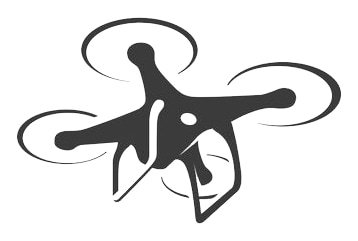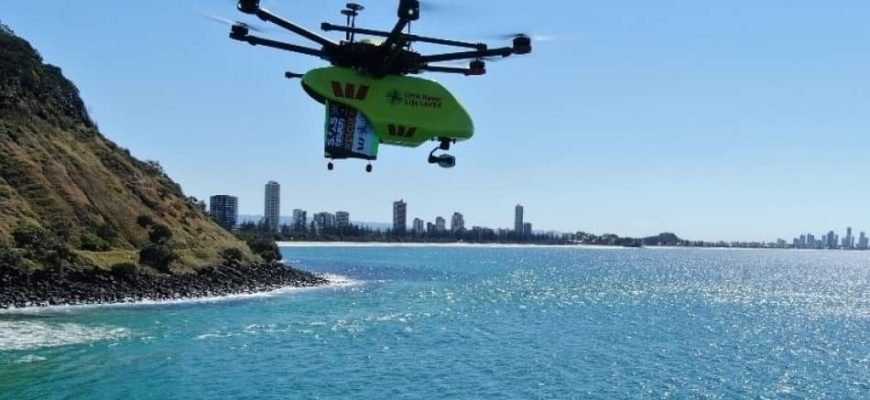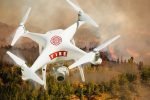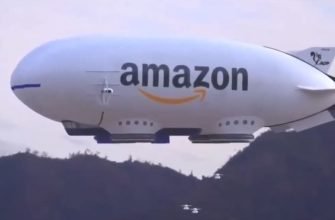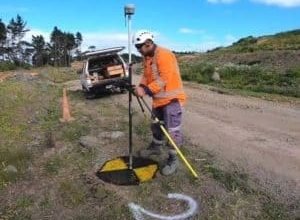
According to the FAA, the number of drones used for commercial purposes today will increase dramatically over the next five years. All this is due to a policy of less restrictive drone laws used for education, research, commercial purposes, and now for rescue services also! Very few people are aware of the fact that drones today have the capability to save lives. Therefore, many companies and entrepreneurs around the World have become aware of this problem and started to develop drones with the technology that will have ability to save lives. There are plenty of areas where drones can contribute in this. So let’s see the 10 unbelievable ways that drones can actually save lives.
| Emergency Cases | Drones For The Job |
|---|---|
| 1. Emergency Medical Services | Zipline Medical, Ambulance Drone |
| 2. Search and Rescue | Navig8 UAV, KWAGO Drone, Altura Zenith |
| 3. Avalanche Mitigation | Mountain Drones |
| 4. Radiation Monitoring Drones | AARM Drone |
| 5. Life Guard Drones | Pars Robot, Riptide Drone |
| 6. Shark Spotting Drones | Little Ripper Drone |
| 7. Animal Rescue | DJI Inspire 2 (Available on Amazon) |
| 8. Predicting Storms | DJI Matrice 600 (Available on Amazon) |
| 9. Firefighting | Yuneec H920, Aerones |
| 10. Civil protection | DJI Phantom 4 PRO (Available on Amazon) |
- 1. Emergency Medical Services
- Zipline Medical
- Ambulance Drone
- 2. Search and Rescue
- Navig8 UAV
- KWAGO Drone
- Altura Zenith
- 3. Avalanche Mitigation
- Mountain Drones
- 4. Radiation Monitoring Drones
- AARM Drone
- 5. Life Guard Drones
- Pars Robot
- Riptide Drone
- 6. Shark Spotting Drones
- Little Ripper Drone
- 7. Animal Rescue
- DJI Inspire 2
- 8. Predicting Sotrms
- DJI Matrice 600
- 9. Firefighting
- Yuneec H520
- 10. Civil Protection
1. Emergency Medical Services
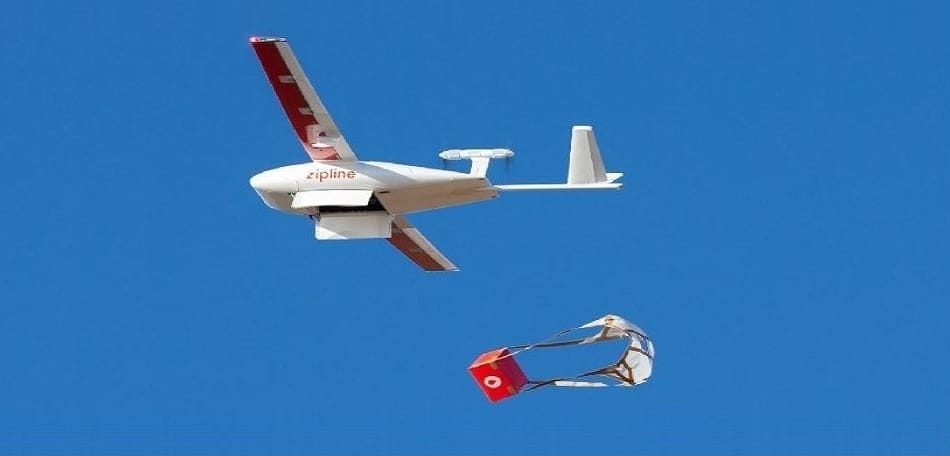
Zipline Medical
Drone delivery of medical supplies is mostly needed in countries with poor infrastructure and challenging terrain. Zipline Medical has developed zip, a robotic airplane to carry vaccines medicine or blood. In summer 2016 they started with delivery in Rwanda. When blood supplies are needed in the field, a healthcare worker can place an order by text message and zip is quickly dispatched to the area. Launched with a slingshot, zip has a tremendous range and can cruise at 100 km/h. When ZIP reaches the healthcare facility and lands or drops the supplies by parachute. In summer 2016 Zipline delivered all blood products for 20 hospitals and health care centers. Positively affecting many lives. To find more about Zipline Drones, click HERE.
Ambulance Drone
When cardiac arrest occurs, brain death and fatalities can result within 4 to 6 minutes. In the European Union due to an average emergency response time of 10 minutes, only 8% of cardiac arrest patients survive. Now Dutch graduate student Alec Momont of Delft University of Technology has proposed the TU delft Ambulance Drone.
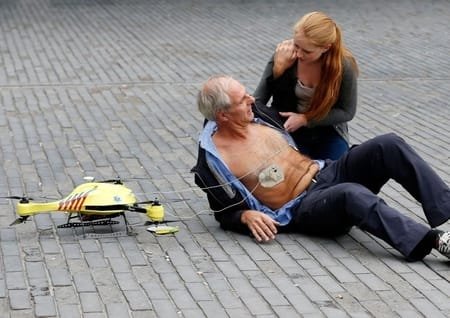
This drone will fly autonomously to deliver a defibrillator and other medical supplies inside of a 12 km zone within 1 minute. This life-saving drone also carries a livestream camera and voice system for verbal instructions to those on the scenes. Future applications could include systems for respiratory, diabetes and host of other traumas. Find more about this drone by clicking HERE.
In 2016, Google obtained a patent to develop drones that can provide emergency medical services. They envision fleets of drones assigned to specific areas configured to communicate with mobile devices. Their plans is to include drones that can assist with choking trauma and cardiac emergencies. Through the use of drone technology in medical emergencies, people who might have otherwise met their demise, can now be saved.
2. Search and Rescue
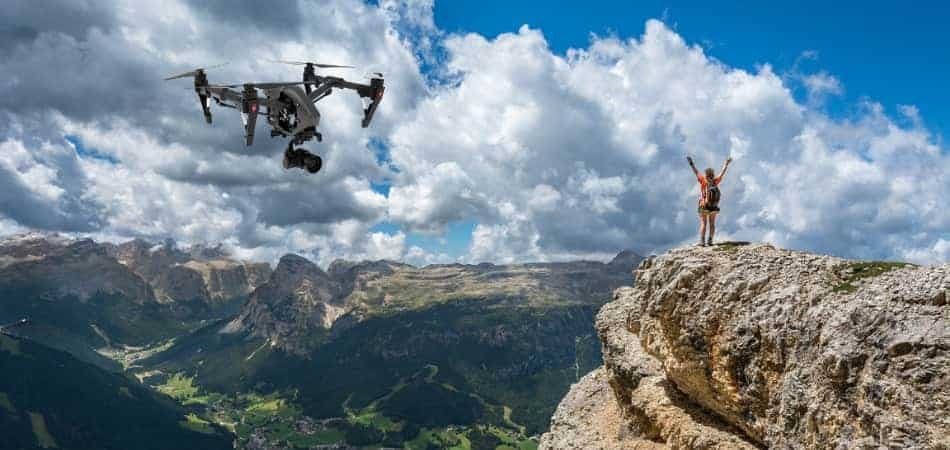
Navig8 UAV
When there’s emergencies like structure failures, building fires, mine accidents, natural disasters or other emergencies. First responders, may not be able to access the areas where victims are possibly trapped or incapacitated. To address this, 4Frontrobotics led by dr. Alex Ramirez Serrano have developed the Navig8 UAV. This drone is designed to go where people or other vehicles can’t go.
The Navig8 UAV dual rotors enable this drone to hover and pitch at zero speed for delicate maneuvering and confined spaces. This drone can also navigate by creating a map of the search area without GPS input. With its onboard camera , the Navig8 can avoid obstacles, seek out and locate victims and relay their location back to rescue workers. By using its internal sensors, the Navig8 can even monitor and report a victim’s vital signs while workers attempt to reach the area. The Navig8 was a finalist in the 2016 drones for good competition. For more info about this drone or if you want to order it, click HERE.
KWAGO Drone
The Philippines are unfortunately prone to natural disasters, such as strong storms, floods and even earthquakes. While aerial vehicles have been used to assess damage in daylight, it’s been left up to humans with lights and large machines to search at night. Recognising this problem, a Philippine drone company „Clear Skies“ has created project KWAGO. This is a multipurpose drone that can operate day or night. KWAGO which is Philippine name for owl, employs advanced technologies such as satellite navigation, position broadcast and auto take-off and landing. It can also detect and avoid obstacles including aircrafts. At night it carries thermal imaging cameras to detect heat signatures of victims on the ground. KWAGO was also a semifinalist in the 2016 drones for good competition.
Altura Zenith
Avalanches claimed the lives of hundreds of people every single year. Even though rescue teams are well trained, the struggle to locate victims beneath huge amounts of snow can be almost impossible. Now with the Altura Zenith from Netherlands company „AerialTronics“ the potential for saving more lives has arrived.
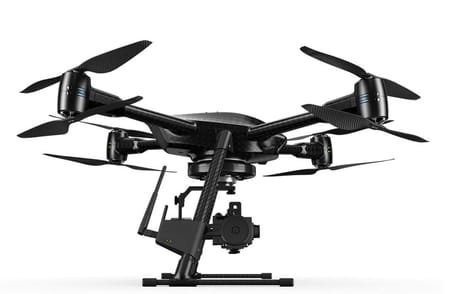
Designed to balance speed and lift the Altura Zenith can both carry daylight and infrared night cameras. Infrared cameras are able to detect heat signature beneath the snow, allowing rescue workers to pinpoint exactly where victims are located. So this is also another drone to the rescue. Find more about this drone, by clicking HERE.
3. Avalanche Mitigation
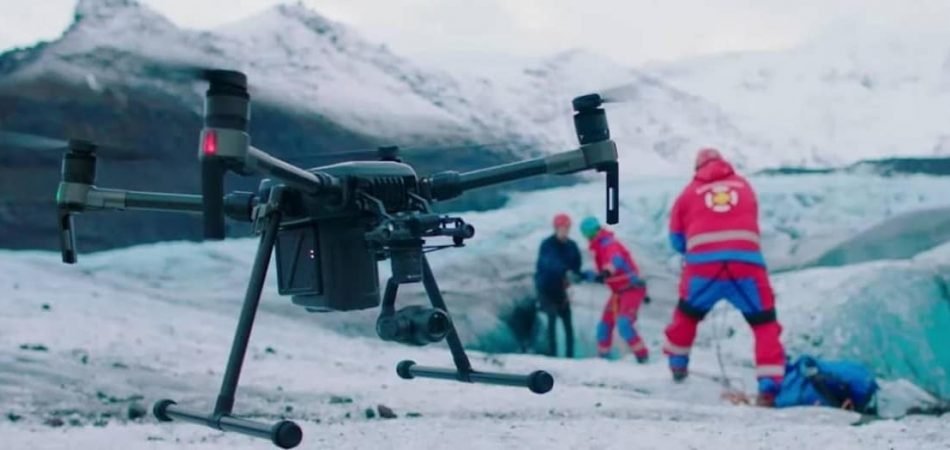
Mountain Drones
When we speak about avalanches, these natural phenomena claimed the lives of alpine sports lovers all around the globe. Until recently authorities have had to manually place explosives in strategic spots to blast off excess snow from mountain slopes. This is an extremely dangerous job and has been known to injure workers from untimely explosions. After losing a friend to an avalanche, one group of ski buddies decided to make it their mission to take action themselves.
Back in 2013 they launched „Mountain Drones Inc“, a drone company based in Telluride Colorado. With the mission to create a drone that could drop an explosive in the exact spot needed, saving time, money and lives. Their latest drone the prospect would also be able to measure snowpack, depths and density from the air. Helping determine what areas are at risk for slides. Federal regulation authorities still don’t permit drones to drop anything while in flight, but „Mountain Drones Inc“ are moving ahead with testing anyway. Though many challenges remain before full operations can begin, these Hero drones hopefully will soon be on the job. Also one of the drones that is also specialized for this kind of jobs is DJI M200 (Check price, reviews and pics).
4. Radiation Monitoring Drones
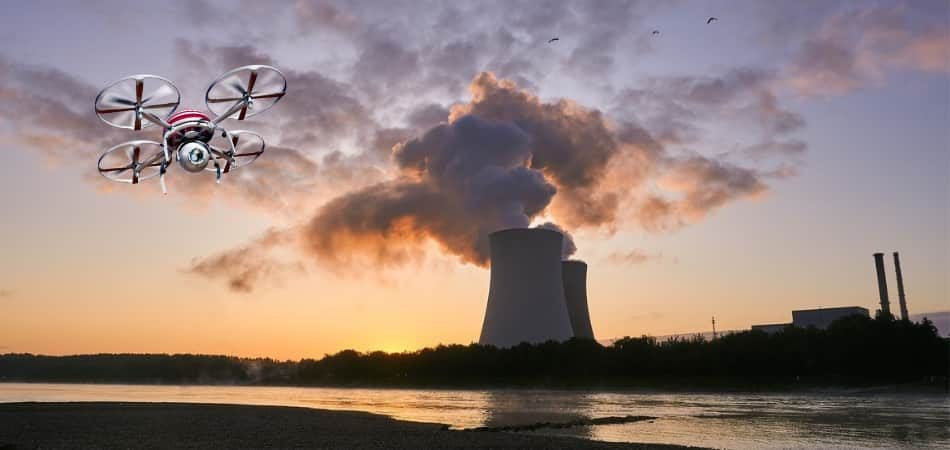
AARM Drone
Japan’s Fukushima nuclear plant disaster that was caused by the 2011 Tsunami, remains one of the worst disasters of modern times. Since then, the monitoring of radiation levels has been placed on workers, putting their lives in jeopardy. Because flying manned aircraft over the affected areas could potentially expose pilots and crew to radiation. Drones are now being envisioned as the safest option. The University of Bristol in the UK has been extensively working on this problem. Now through the spin-off company EMA tech, they’ve created the AARM (Advanced Airborne Radiation Mapping) project. The project’s goal is to create drones capable of monitoring and mapping radiation to ensure that no one else is exposed.
Their latest AARM Drone has been tested in the UK, Romania and Japan. The results have been so effective, that the AARM Drone took 6th place in 2016 drones for good competition. With AARMs radiation detecting abilities governmental authorities will better have the capability of determining radiation levels in order to prevent more people from being unnecessarily exposed.
5. Life Guard Drones
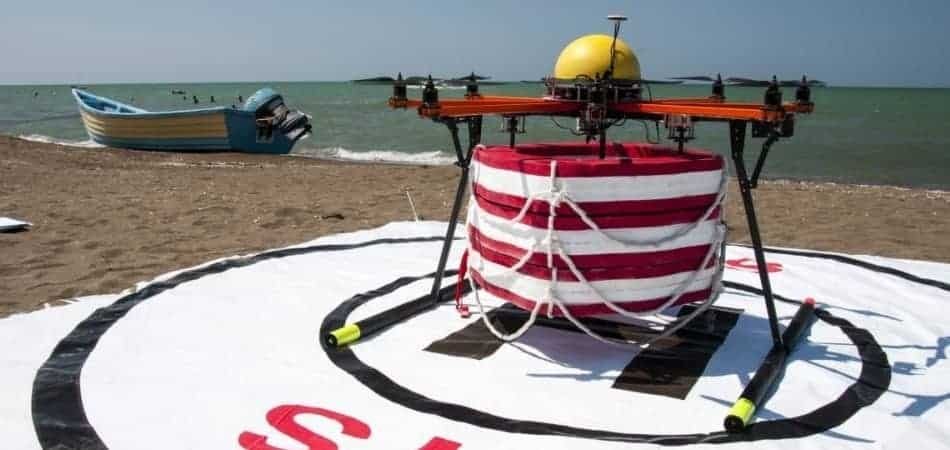
Pars Robot
Each year in the United States, about 4,000 people die from drowning. Worldwide the numbers are even more staggering, while the numbers drop dramatically when a lifeguard is present. Drowning remains a leading cause of unintentional injury or death. With the advent of drone technology, many attempts are being made to create drones to act as lifeguards. Iranian company RTS lab has developed a drone that could save multiple lives at once. Known as pars rescue robot, this lifeguard drone (Pars Robot) can carry and drop up to 13 flotation devices to potential drowning victims. Equipped with both regular and infrared cameras, this amazing drone can spot victims day or night. Bright LEDs make Pars more visible to the controller and victims alike. In august of 2013 in the Caspian sea, this drone was tested in a race against a human lifeguard. Drone reached its target in about 22 seconds as opposed to the lifeguard that needed about 90 seconds to arrive.
Riptide Drone
Proving its immense advantage over human lifeguards, perhaps one of the deadliest aspects of ocean swimming is a phenomenon called Riptide. Riptides or Rip currents are strong localized outgoing currents of water, which can occur at the ocean or at large lake beaches. Statistics show that an average of 46 drowning deaths a year can be attributed to Rip tides and that’s in the US alone. A group of students at King Haywood Thomas high school in Stamford have teamed up with flying robots Inc to create the solution. They call it project Riptide, a life-saving drone accessory that can deliver and drop an automatically inflating life preserver to a swimmer in trouble in just seconds. What makes project Riptide unique is the lightweight accessory which can be attached to the bottom of any drone, making millions of drones potential lifeguards. This accessory contains a regulation life preserver that is inflated by a compact CO2 tank. Upon contact with the water, because any drone can be used this system can be augmented by any device which the carrier drone provides, such as camera, GPS or more. Hopefully, this project will inspire even more native drone water rescue solutions.
6. Shark Spotting Drones
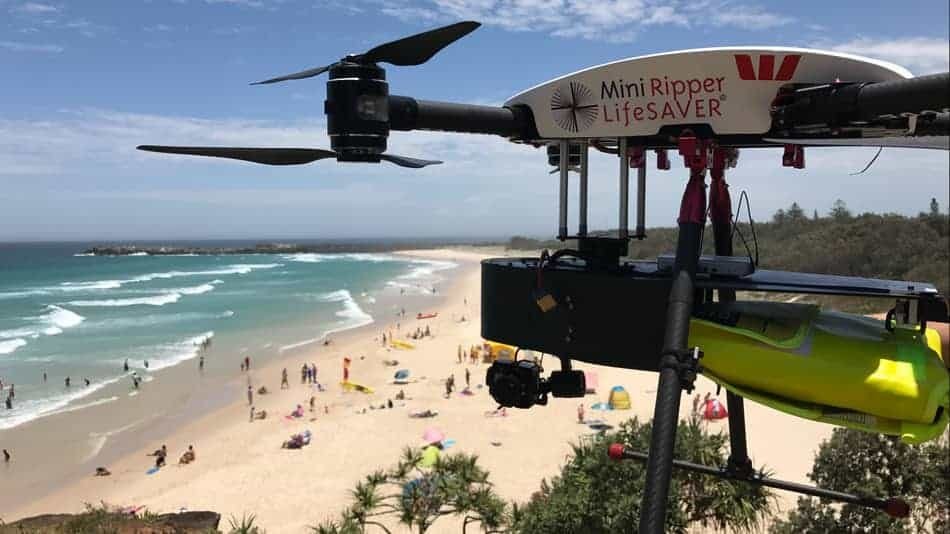
Little Ripper Drone
Australia is famous for its unusual wildlife. Unfortunately, they’re also famous for another wildlife related issue; shark attacks! In 2015, there were a record of 22 unprovoked shark attacks in Australia alone. In december of that same year, beach evacuations were ordered in Jarvis Bay after 30 sharks showed up at one time. Australia’s Westpac Bank currently funds 17 full-sized man 2 rescue helicopters. But the expense of keeping them in the air is tremendous. So Australia’s government decided to take the shark spotting to a new high-tech level. By announcing a program to create a fleet of shark spotting drones and listening stations. Result was the Little Ripper LifeSaver drone, which is patrolling Australia’s coastlines and is able to fly continuously monitor coastlines for up to 2.5 hours before needing a recharge. The Little Ripper sends video feed back to the person who is controlling team. In the event of a shark attack, the drone can be commanded to drop GPS beacons, rafts and even medical supplies to the victim or rescue team. Future plans call for increasing Rippers artificial intelligence to make it able to identify various types of sharks as some sharks are known to be more aggressive than others. This will help authorities determine the risk to swimmers. With Little Ripper on patrol, the public will definitely be much safer from shark attacks.
7. Animal Rescue
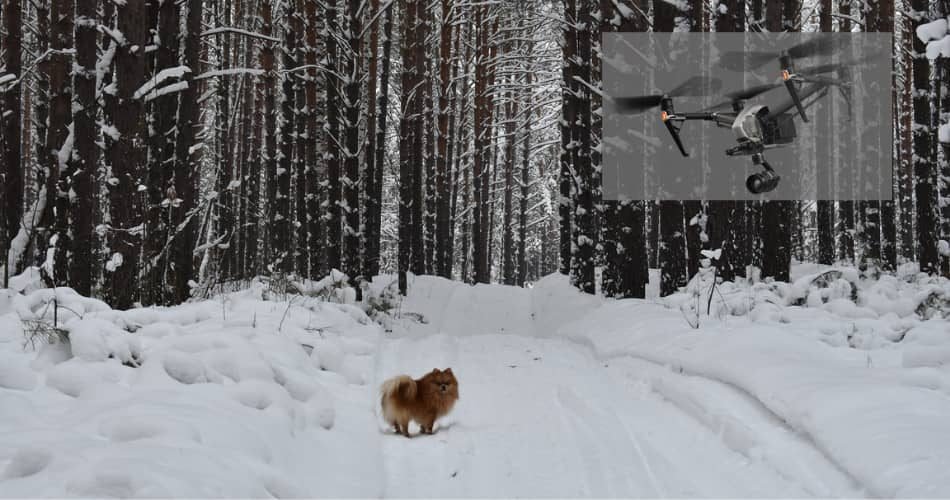
DJI Inspire 2
Drones used to be just military technology, but now it has become a part of everyday life, and they have taken over the world market. However, when it comes to animals, they are part of us and our culture, so we must take responsibility and approach them when needed. Although drone technology is not yet fully developed to save animals completely, drones can be very useful in certain situations.
Some of the instances where drones have been on missions to save animals are in the aftermath of the storm that occurred in the Bahamas after Hurricane Dorian. One of the best drones used today for finding lost animals is DJI Inspire 2. DJI Inspire 2 is a commercial drone and can be purchased in the open market. Rescue services used drones to find dogs and cats that were trapped in inaccessible locations, so they could see their exact location and go to rescue them. Finding pets is informed by the animal rescue crew and they then go out into the field. Also, drones with infrared technology have the ability to spot lost animals faster. Therefore, drones used in such rescue missions should have such equipment because it is much more effective. However, since the classic DJI inspire 2 (check price, reviews and pics) lacks infrared technology (camera), it can be easily integrated into an existing camera.
8. Predicting Sotrms
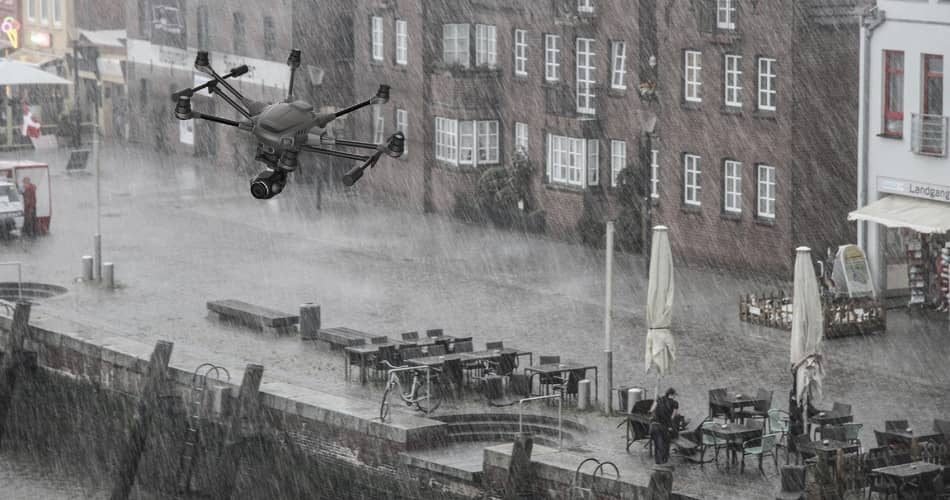
DJI Matrice 600
Nowadays, storms are an increasingly common occurrence in the world and are taking more and more lives. Unfortunately, we cannot stop storms because they are a natural phenomenon, but what we can do is detect them before they form and reach their full strength. Drones can fly at high altitudes, gathering information between surface and satellite, providing useful information where potential storms could be created. We can also send drones directly into a storm, which can collect various data such as pressure, wind speed, temperature and other characteristics. With these measurements, scientists can gain even more insight into the storm and improve their research. One of the drones that is used in storms is DJI Matrice 600 (Check price, reviews and pics).
Also with these great advances, drones could become the standard and norm with which storms would be studied. Scientists in Oklahoma are using storm drones to better understand how severe weather patterns develop. Oklahoma is in the middle of „tornado alley“. 25% of all tornadoes in the US happen there. The current advance warning time for a tornado is 14 minutes. But new data from these drones could raise warning times to over an hour or even forecast a storm that hasn’t formed yet. Meteorologists usually rely on human sightings of tornadoes and satellites to send warnings. So drones are crucial for filling in the gaps in meteorological data. Drones play a very big role here. Scientists are building their own storm drones or using commercial drones with sensor equipment attached to see which works best in stormy weather.
“Being able to download data in real-time I think is going to be one of the bigger pros”
9. Firefighting
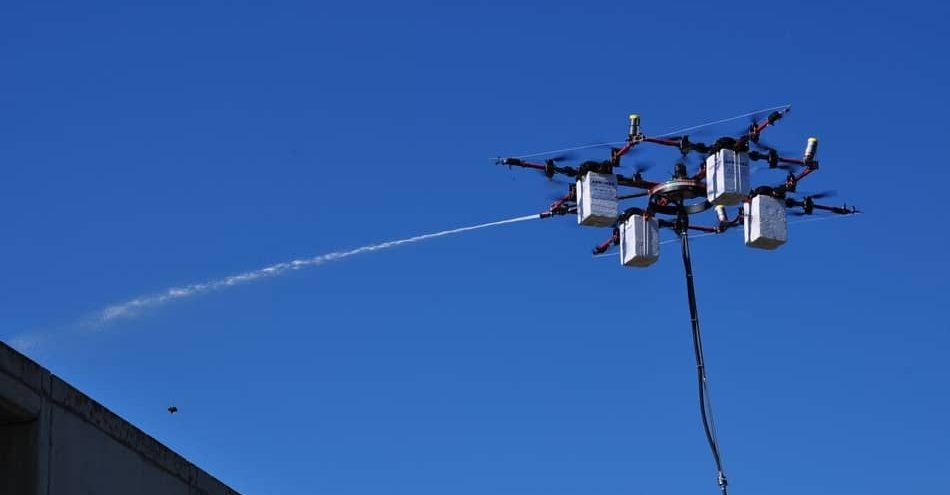
Yuneec H520
Fires in the world are increasingly common in open areas, and in many places it is very difficult to reach. The greatest danger is posed by large fires in the coastal area, which is difficult to control due to the inaccessible terrain and weather conditions. The fires cause great economic losses for the state in terms of spent fire extinguishers, burned terrain, as well as the loss of tourists who interrupted their vacation due to the precarious situation. Therefore, drones have joined the firefighting industry over the last couple of years. They are used extensively in fire fighting activities, and have adapted to the system and become an indispensable tool in the fight against fire. Drones make it easier for fire brigades to:
- Identify fires through thick smoke
- Facilitate the development of an extinguishing plan
- Monitor wind strength and direction
- Bring a picture of the current situation of aerial fire
- Assist in assessing the damage suffered
The use of drones in firefighting actions greatly increases the safety of firefighters, facilitates the early detection of fire sites and thus prevents large-scale fires from being prevented. One of the drones used for fire detection is the H520 model. The H520 drone is a hexacopter, equipped with a thermal camera and is very stable even in high wind conditions. Unfortunately the H520 model is not available on Amazon, but its similar model is avaible: Yuneec H920 (check price, reviews and pics). The drone camera is capable of shooting in low light and with 360 degree continuous rotation. These drones do not have the ability to extinguish fire, but there are some models such as Aerones by Latvian company that have the ability to extinguish fires at altitudes of up to 300m in inaccessible places.
10. Civil Protection
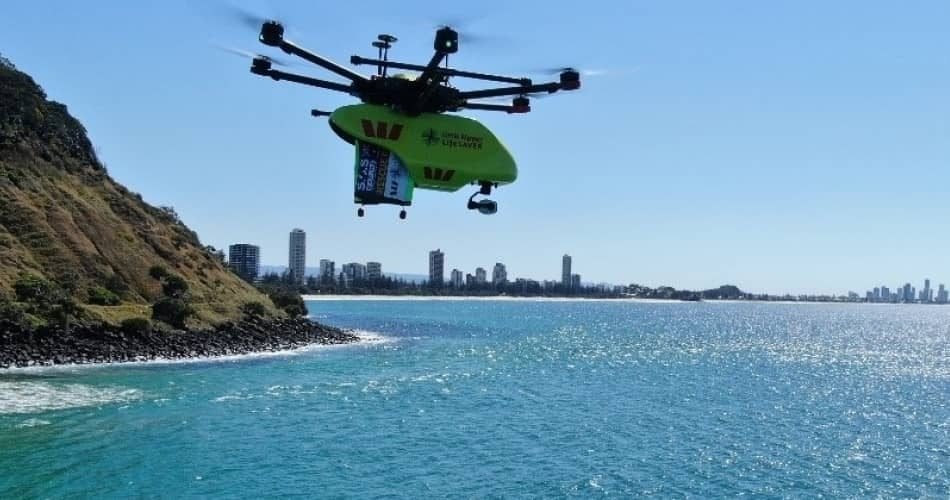
Civil protection plays a major role in disasters such as floods, forest fires, storms, earthquakes, nuclear accidents, volcanic eruptions, and the like. As a result, new technologies are being incorporated into civil protection to achieve their goals to a greater extent. Due to hydrological conditions such as heavy rainfall or snow melting when watercourses can no longer receive the incoming water. One of the goals is to produce hazard maps in which areas with potentially significant risk should be displayed.
Unmanned aerial vehicles can be significant in making such maps, because in a short time they can give not only a three-dimensional position but also a digital orthophoto and ultimately very faithful 3D models. For significant areas such as cultural heritage that are at high risk of flooding, 3D models can serve for later remediation should a disaster occur. In addition to creating a hazard map, drones can play a very important role during the duration of the hazard. During the initial flood phase, drones assist professionals in understanding the level of risk and in evacuating people based on properly identified and realistic hazards. Rescue crews active throughout the disaster constantly expose their lives to danger, and it is justified to replace the use of drones for this purpose. One of the drones for this job is DJI Phantom 4 PRO (check price, reviews and pics).
Nuclear accidents are not a common occurrence, but their consequences can be catastrophic and extend for many years after the event. They usually result in pollution of the area including land and water. Therefore, timely evacuation of the population is paramount. It would certainly be safer not to approach the contaminated areas at all and be exposed to hazards where the legitimate role of drones is again recognized. Volcanic eruptions usually have a local effect. Apart from the loss of life and the evacuation of the endangered population, the problem is ash pollution after the eruption. The eruption of Eyjafjallajokull volcanoes in Iceland in 2010 caused, along with the problems of the civilian population living near the volcano, also major aviation problems causing major business losses. For this reason, ICAO has defined three levels of volcanic ash pollution. The airspace of the determined dimensions is divided into areas of low, medium and high pollution, depending on the concentrations of volcanic ash. For now, radar systems are still being discovered that would be able to detect ash and its concentration. Alternative methods of ash detection using RPAS should also be considered.
